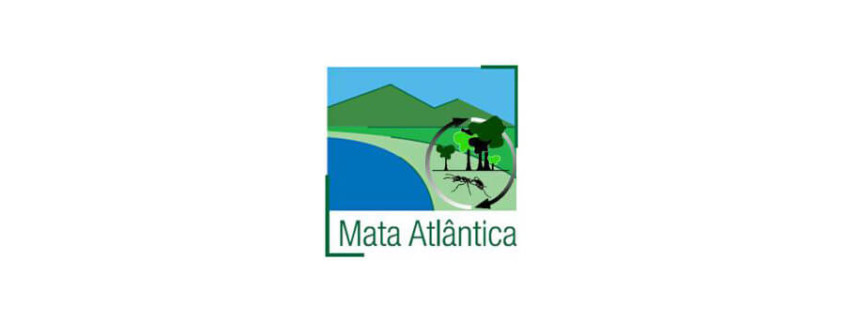Soil biota and biogeochemistry in the Atlantic rainforest of Brazil – evaluation of diversity and soil function under anthropogenic influence (SOLOBIOMA)
One of the main threats of global biodiversity is the wide destruction of tropical rain forests. However, the portion of secondary forests will continue to increase. For the tropics, data on the recovery of faunal communities in the course of forest regeneration and knowledge on the suitability of secondary forests as refugial areas for old-growth species are mostly missing. In the present project, earthworms, enchytraeids and nematodes in agro-forest systems, secondary forests and old-growth forests were investigated in order to evaluate these systems regarding their potential for the conservation of soil invertebrates in the Atlantic rain forest of Southern Brazil. In the context of a project-wide chronosequence approach, worms were sampled using hand-sorting and wet-extraction techniques, relevant environmental variables were measured, and their relationship to species density, diversity and community composition was examined. Based on an integrative analysis of all organismic and abiotic data collected in the project, the chronosequence approach was validated and a classification system was developed using statistical pattern recognition procedures. The integrative analysis confirmed the suitability of the a priori selected regeneration stages within the project context. In contrast to the worms, most other organisms showed a clear increase in diversity along the regeneration process, and a directed process of succession towards old-growth conditions could be postulated. The classification system provided strong organismic as well as abiotic indicators for the regeneration stages and their habitat quality. Based on this, the up-scaling from the local to a regional level leads to a promising decision tool in landscape management, e.g. in the context of priority assessment.



